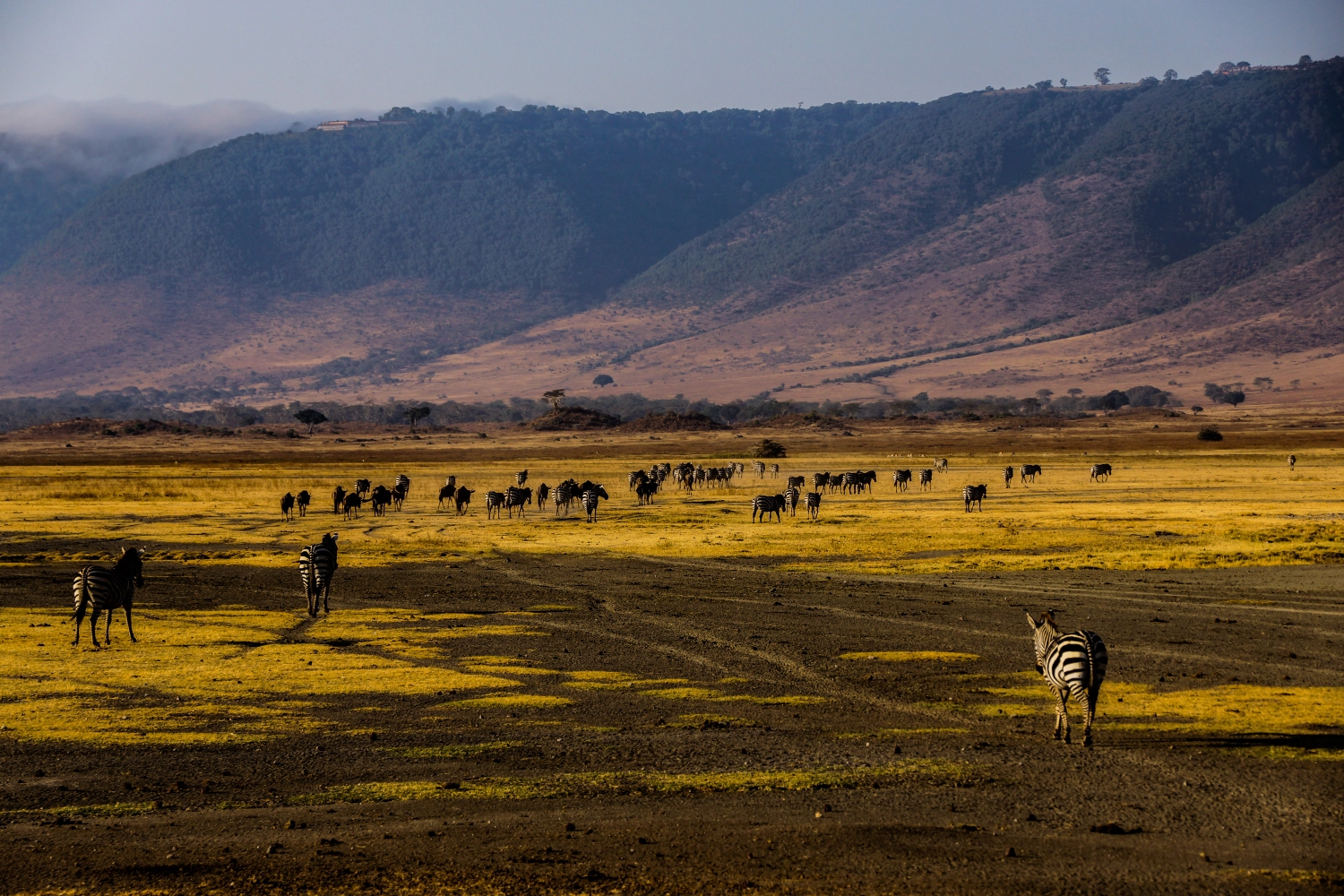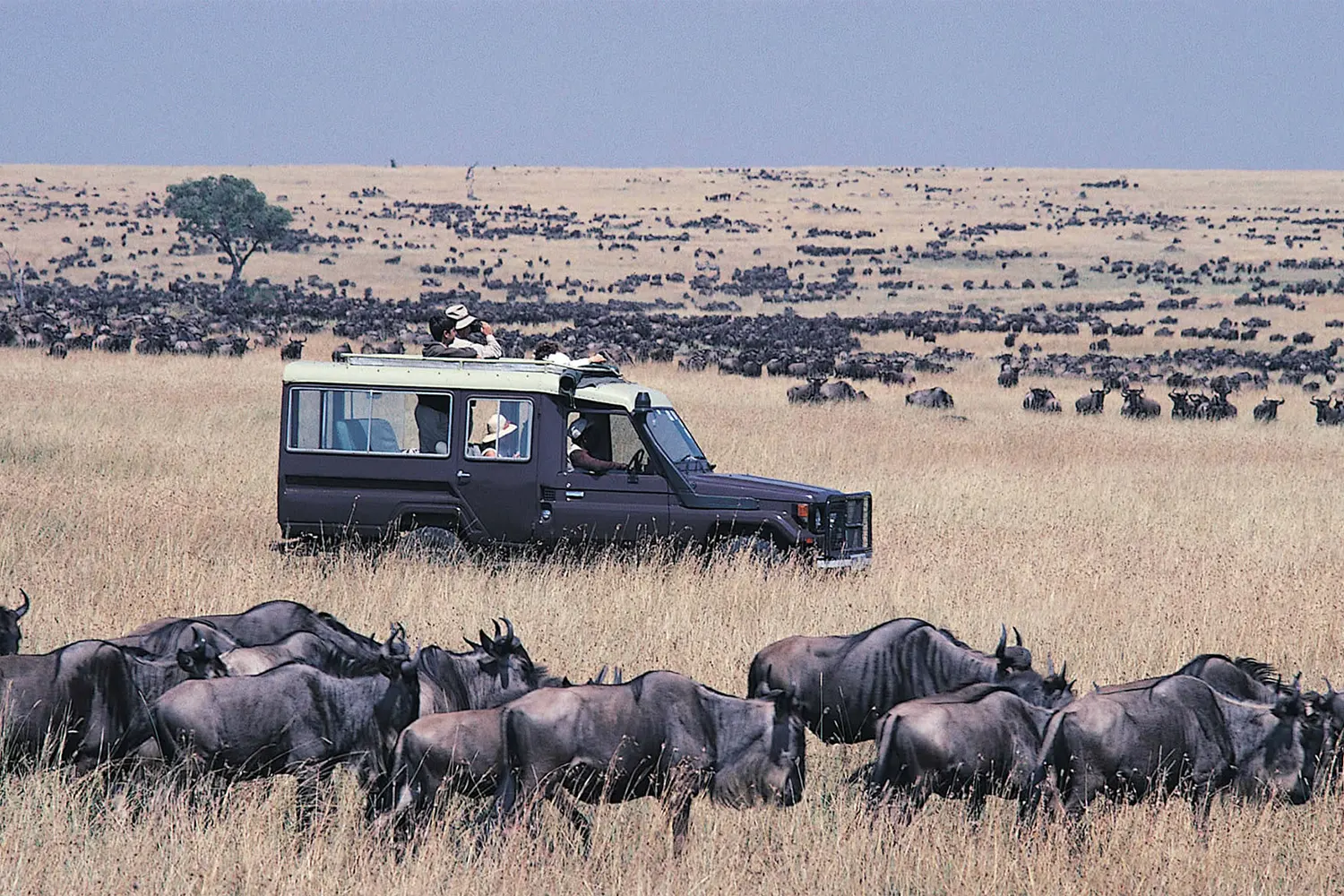The New Seven Wonders of Africa
1. Mount Kilimanjaro, Tanzania
Mount Kilimanjaro is the highest free-standing mountain in the whole world, Mount Kilimanjaro is also the highest peak in Africa, reaching a height of about 5895 meters above sea level. An enormous stratovolcano that began forming millions of years ago, two of its peaks are extinct, though Kibo is dormant and could erupt again.
Mount Kilimanjaro is the highest mountain that can be climbed without any advanced climbing equipment or previous experience of such heights. But altitude sickness is still a major problem for many climbers, with less than half the amount of oxygen at sea level available at the summit. It’s not for the faint-hearted, but summiting Kilimanjaro will have you feeling on top of the world!
2. Ngorongoro Crater, Tanzania
The Ngorongoro Crater is about 20km wide. With permanent water and pasture sources, the crater is host to a great diversity of wildlife; not giraffes though, they can’t climb in or out of the crater! The crater lies within the Ngorongoro Conservation Area , which itself includes highland plains, scrub bushes, and forests covering thousands of square kilometers.
This is a prime game-viewing country, where you’re sure to see the Big Five in all their glory – and much more wildlife besides.
3. Serengeti National Park, Tanzania
The 2nd largest and top famous of Tanzania’s national parks, the Serengeti is renowned the world over for its astounding wildlife. The Serengeti ecosystem extends beyond the borders of the park to include other conservation areas and reserves, including the famous Masai Mara in Kenya.
This giant area makes it possible for that most impressive of natural events – the Great Migration – to take place. Millions of wildebeest, zebra, and other animals complete their circulatory migration each year in search of greener pasture, setting in motion an ecological event, the effects of which are felt by every level of the food chain.
4. The Nile River, Egypt
At 6650 km long, the Nile River is the longest in the world, it’s also the most important to the people of the continent, making life possible in many places where it otherwise wouldn’t be. From its sources in central Africa to the Nile Delta in Egypt, the river flows through 11 countries, eventually making its way to the Mediterranean Sea. From Sudan into Egypt, the river flows through the desert, and the inhabitants of this region have depended on its waters for survival.
Agriculture activities take place as silt deposits support it. It was also a convenient means of transporting goods, particularly when it came to constructing the elaborate monuments, temples, and tombs that we still marvel at in modern times.


